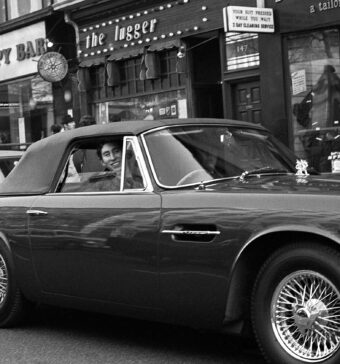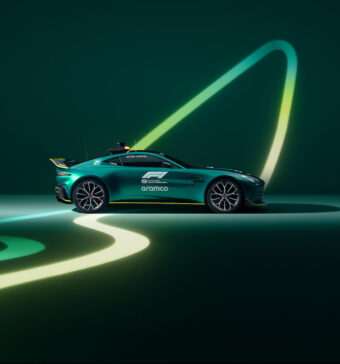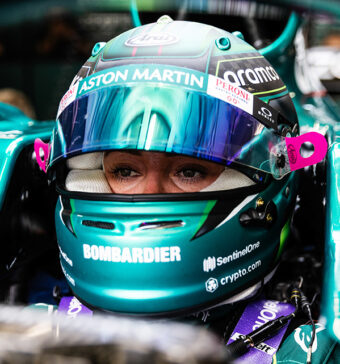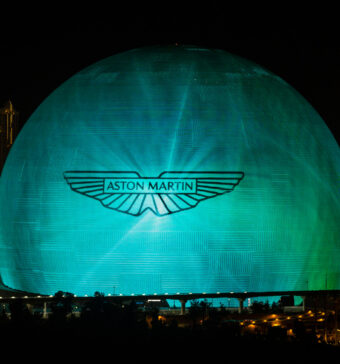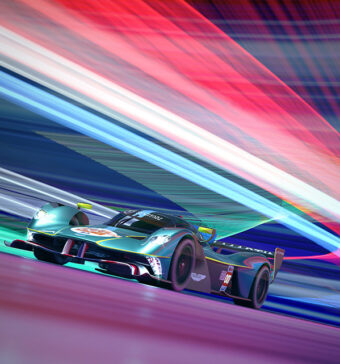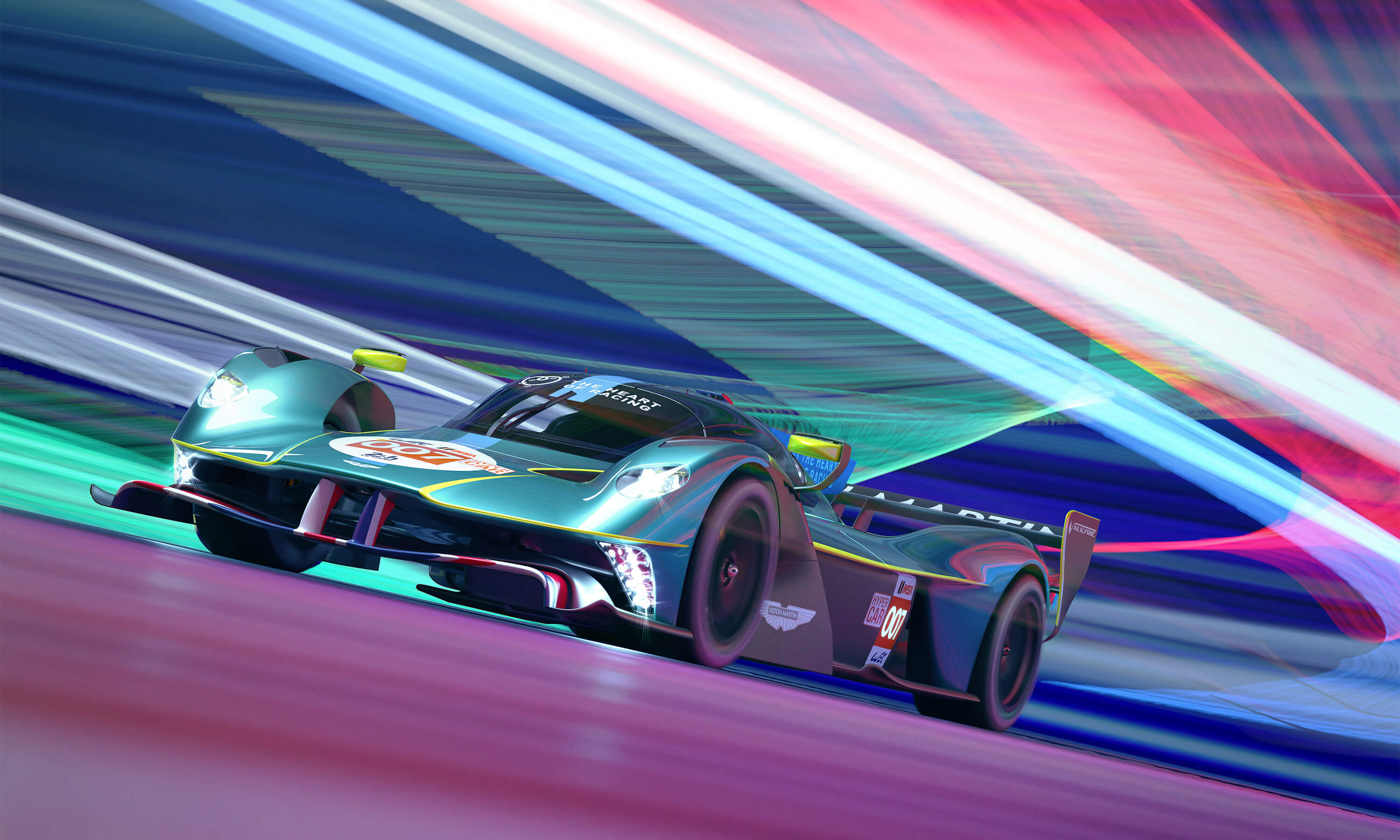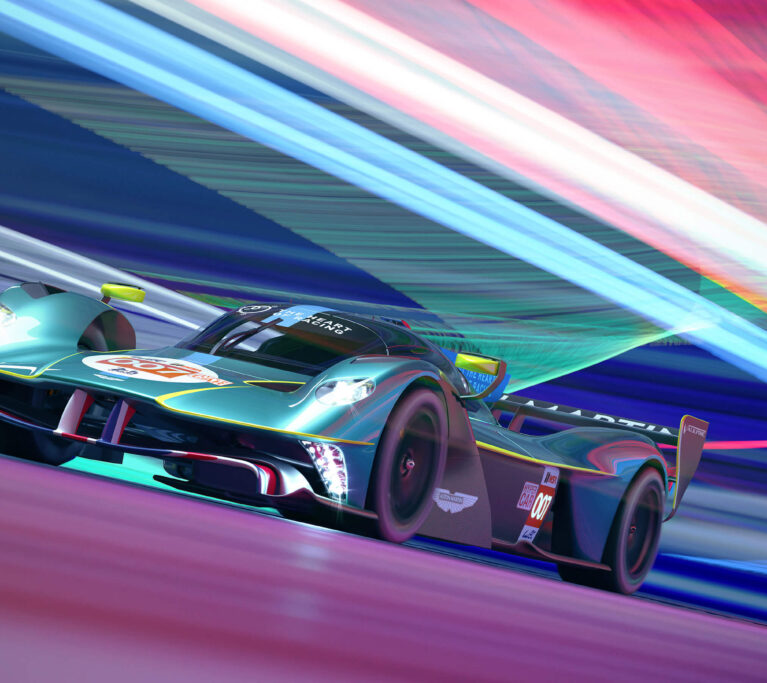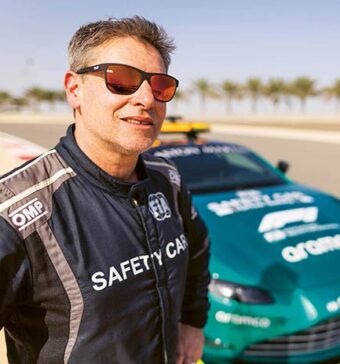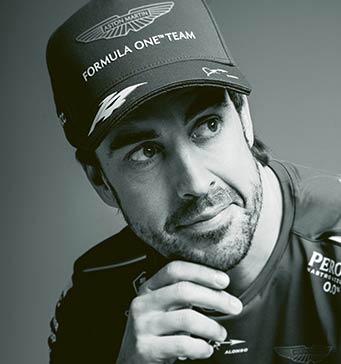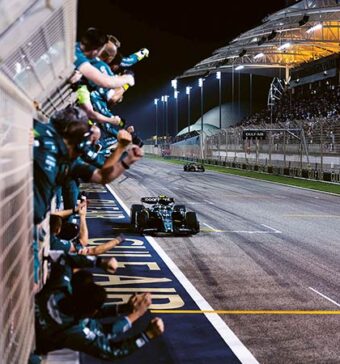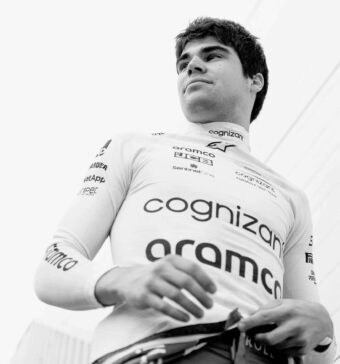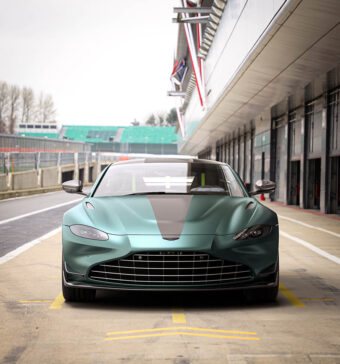For the past century, the 24 Hours of Le Mans has served as an arena for automotive innovation and a battleground for motorsport supremacy. And no other race has delivered such enduring success for Aston Martin, a marque born on the racetrack.
Since its debut, five years after the race’s inaugural run in 1923, Aston Martin has not only competed but excelled at the Circuit de la Sarthe. More than 240 drivers have piloted Aston Martins in 27 different chassis and engine combinations at Le Mans, clinching 19 class victories, including an iconic overall win in 1959 with the iconic DBR1/300 driven by Roy Salvadori and Carroll Shelby.
In its 110th year, Aston Martin is gearing up for an epic return to the scene of these triumphs, and it’s doing so with a prototype of the ultimate hypercar, the Aston Martin Valkyrie.
While the Valkyrie AMR Pro was originally created to meet LMH hypercar regulations, this prototype version will be precision-engineered for racing. Aston Martin Performance Technologies has been tasked with the Valkyrie race car, and once homologated for the WEC Hypercar and IMSA GTP classes, the Heart of Racing team will lead Aston Martin’s hypercar challenge in the FIA World Endurance Championship and IMSA WeatherTech SportsCar Championship, from 2025.
The announcement of Valkyrie’s entry into the Hypercar class, along with all-new GT3 and GT4 cars based on Aston Martin’s next generation sportscar platform, marks a significant milestone in racing history. Not only will Valkyrie be the first hypercar, inspired by a road car, to simultaneously compete in both endurance racing’s most prestigious series but Aston Martin will become the only manufacturer present in all forms of global endurance racing and Formula 1® in 2025.
It was a challenge Valkyrie was born to do, just as Aston Martin was born to race in 1913.















